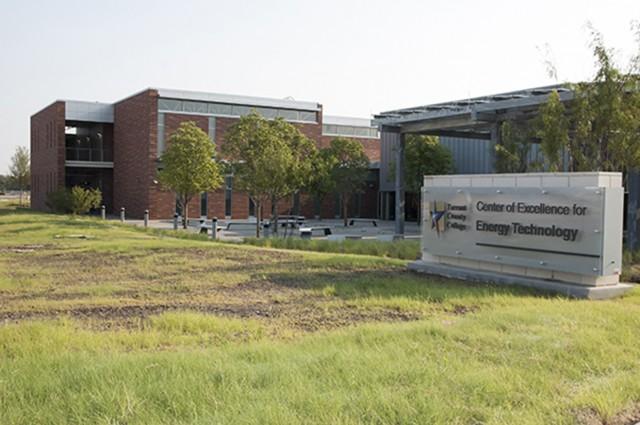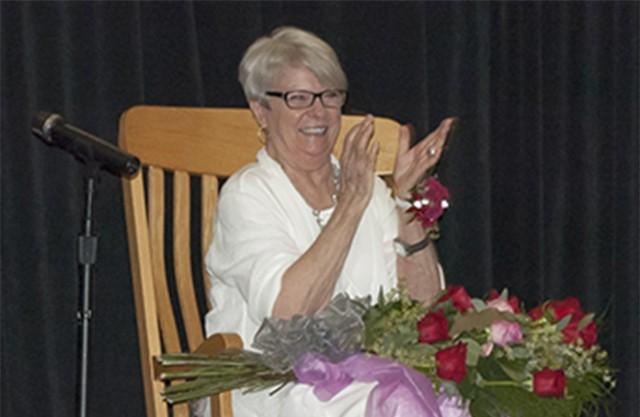By Devin Simkins/reporter
Struggling with how to study for college is a common issue for students.
“The biggest thing that high school students underestimate with college is the amount of homework,” NW Campus academic advisor Jessica Collins said. “They don’t put a lot of out-of-the-class expectation on high school students because they have extracurricular activities as well as after-school jobs.”
Collins explains that high school is different than college because most of the work is done in the classroom.
“College does not work that way at all,” she said. “The classroom is only meant to introduce you to the topics of which you are going to go home and have to read about, teach yourself about and then bring your knowledge and questions to the next class period to discuss.”
Studying time needed for 12 enrolled hours can be up to 36-42 hours each week on top of class time, Collins said. Students sometimes do not understand that.
“College instructors don’t have sympathy,” she said. “You’ve got to have that self-discipline, and you need to understand that most of your work in college will be done outside of the classroom.”
Amber Esping, associate professor in educational psychology at Texas Christian University, said college is when most students first learn how to study. Every year, she’s asked for advice on how best to study.
“It’s always nice to have a study buddy,” Esping said. “I don’t recommend relying on others to get by in a class, but you can learn a lot from teaching each other the material.”
Studying with others can help students learn material in a different way.
“When I study by myself, I tend to get distracted, and I end up doing something else,” NW student Kim Jobe said. “Studying with other people motivates me to continue.”
Discussing the information with the rest of the group helps her remember the material better, she said.
“Studying in groups is always great,” Collins said. “You have to keep the study groups small, and when you do a study group, you need to form an agenda for the study group. And each person who is involved in that group needs to have a defined assignment of what they’re contributing to the group.”
These groups need to also meet in a well-lit, comfortable and quiet location that will have few distractions, Collins said. Having snacks can help keep focus too.
“I actually teach the STSC (Student Transitions to College Success) courses, and I encourage my students to make contact on the first day with the students who are sitting next to them and get contact information so that if they miss a day of class there is someone they can reach out to,” she said.
Collins encourages students to ask their classmates if they would like to meet in the library and use their resources to study better together. The library has study rooms specifically for groups.
“I am a personal fan of study groups, but on the flip side, there are students who do struggle with social anxiety,” she said. “It’s not that they are not any more or less intelligent to the other individuals in the group. They just convince themselves that they are less intelligent because of that insecurity.”
Some students are better in quieter situations and can become distracted by the people in their group. They study better alone.
“I like to study by myself because it helps me stay more focused on what I’m doing,” NW student Lisa Cothren said.
If students are like this, they can still form groups but smaller ones with a maximum of three people they feel close to, Collins said.
“It honestly depends on the student and what works best for them,” she said. “The best things for students to do up front is to understand what their learning style is, and their learning style indicates what their study habits should be.”
Getting to know their professors is a good way to find out ways to study for their classes, Esping said. Students should visit with them in their office to ask for help before there is a problem and do exactly what they recommend, she said.


























